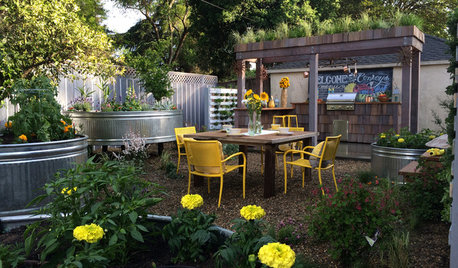I would like to know if anyone else has experience ordering from them. The first time I ordered, I got 2 apple trees and 2 blueberry bushes. All died but 1 apple. They replaced the ones that died and they are doing well now. I thought it was just because the girl I talked to gave me completely wrong soil prep instructions, and I prepared the soil correctly the second time.
I gave them another chance this spring and got 4 heritage raspberries and 3 anne raspberries. All but 2 heritage died. They barely had any roots. Maybe 1-2 roots 6-8 inches long. Now I have to wait until the fall for replacements.
I am beginning to wonder if the problem is this nursery. 75% of their plants have died... Is this typical of shipped bare root plants (they're only 1 state away from me) or is it this nursery? Anyone have experience with them?










Charlie
thisisme
Related Professionals
Norton Shores Landscape Architects & Landscape Designers · Tomball Landscape Architects & Landscape Designers · Wheeling Landscape Architects & Landscape Designers · Gainesville Landscape Contractors · Salem Landscape Contractors · Alamo Landscape Contractors · Florham Park Landscape Contractors · Mesa Landscape Contractors · Middletown Landscape Contractors · Newberg Landscape Contractors · Pleasant Grove Landscape Contractors · Pompton Lakes Landscape Contractors · San Antonio Landscape Contractors · Seymour Landscape Contractors · Sun Valley Landscape ContractorsErnie
drew51 SE MI Z5b/6a